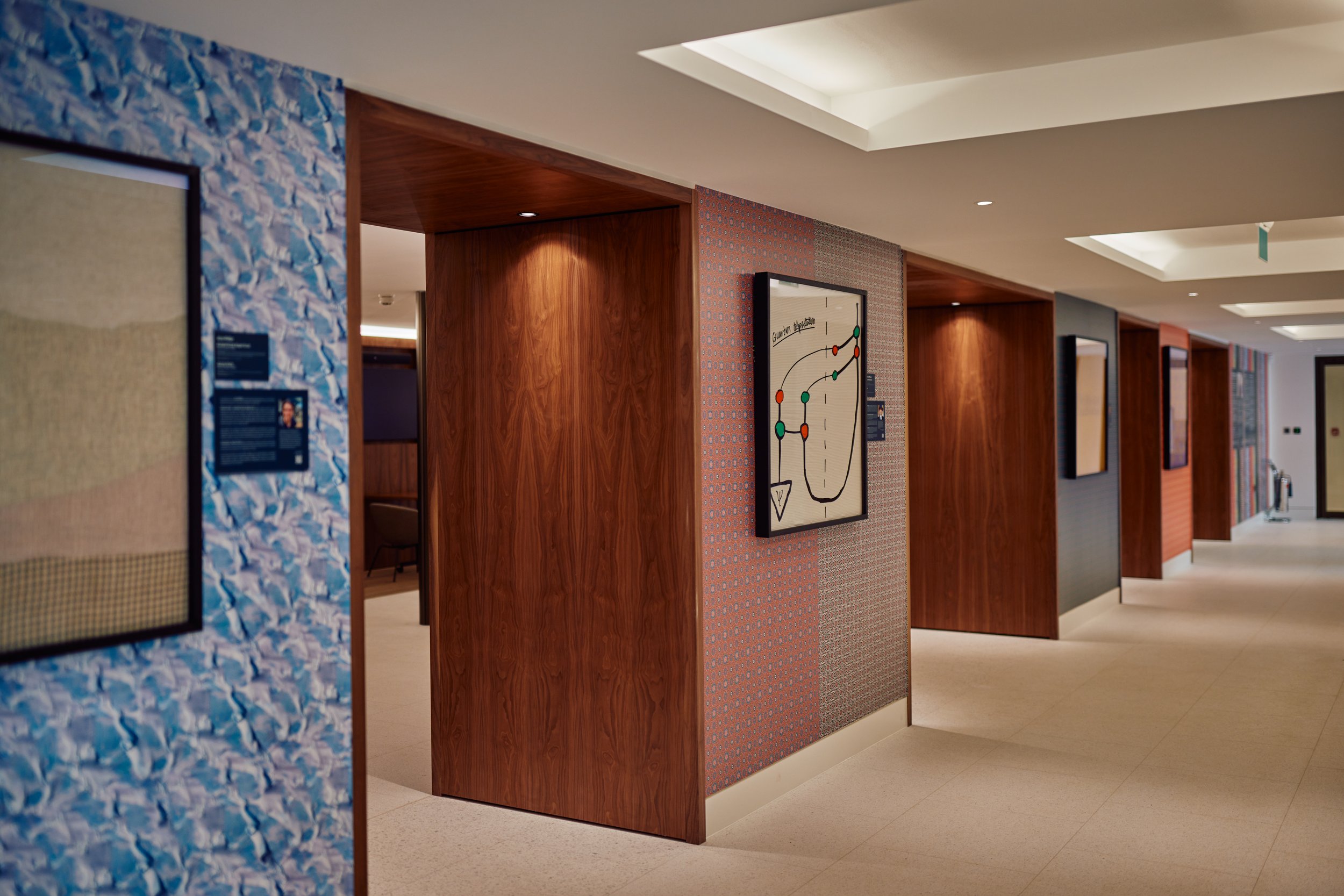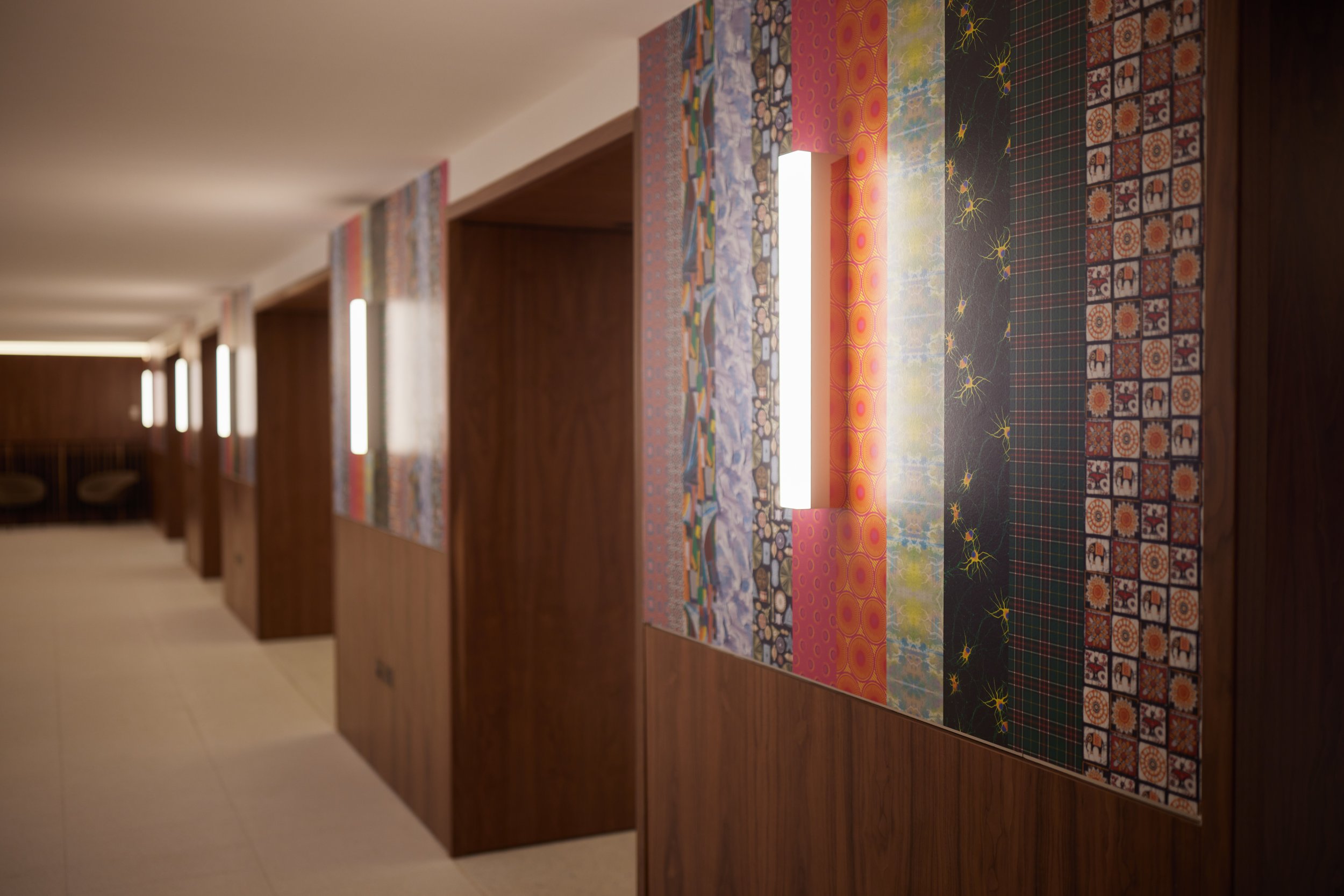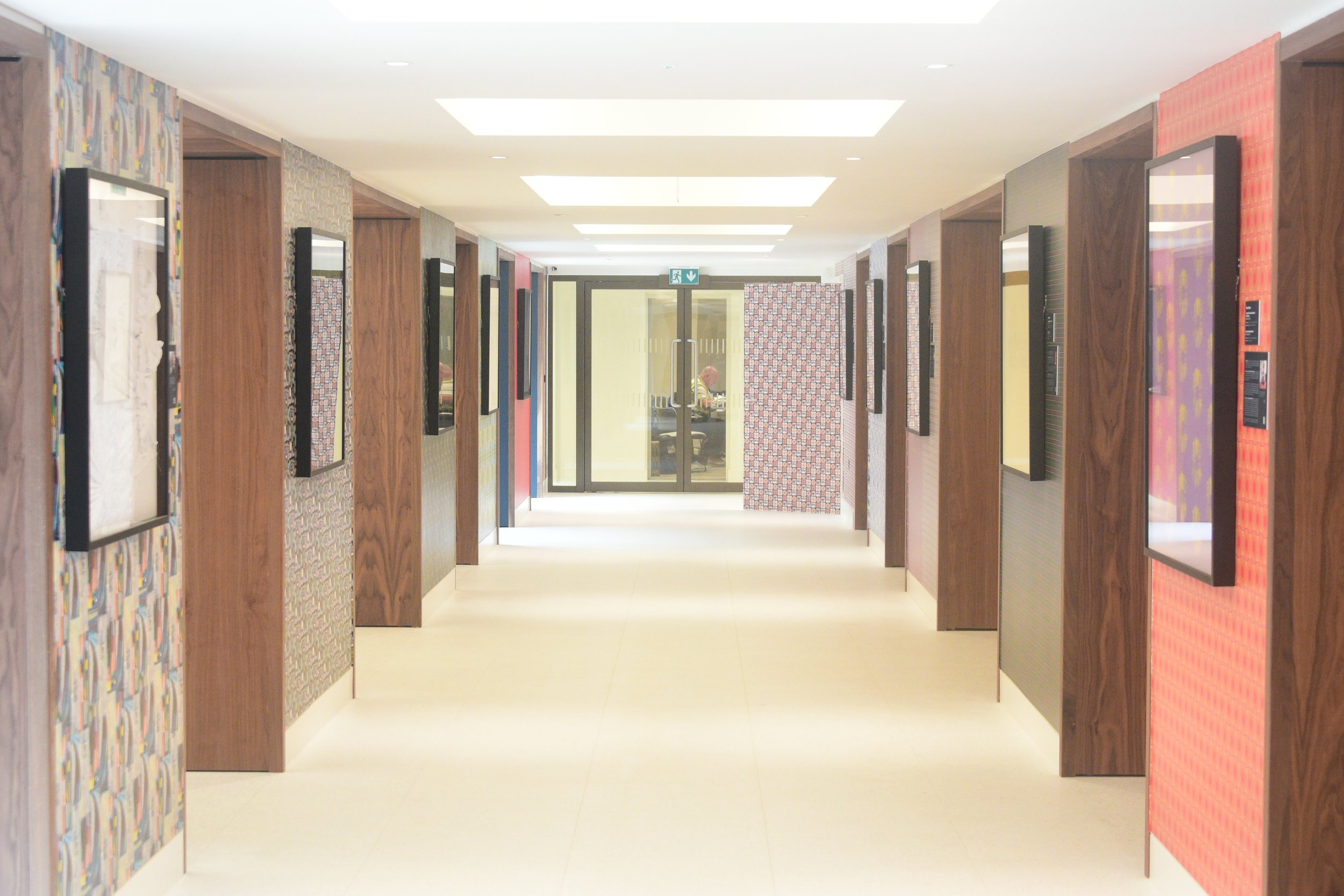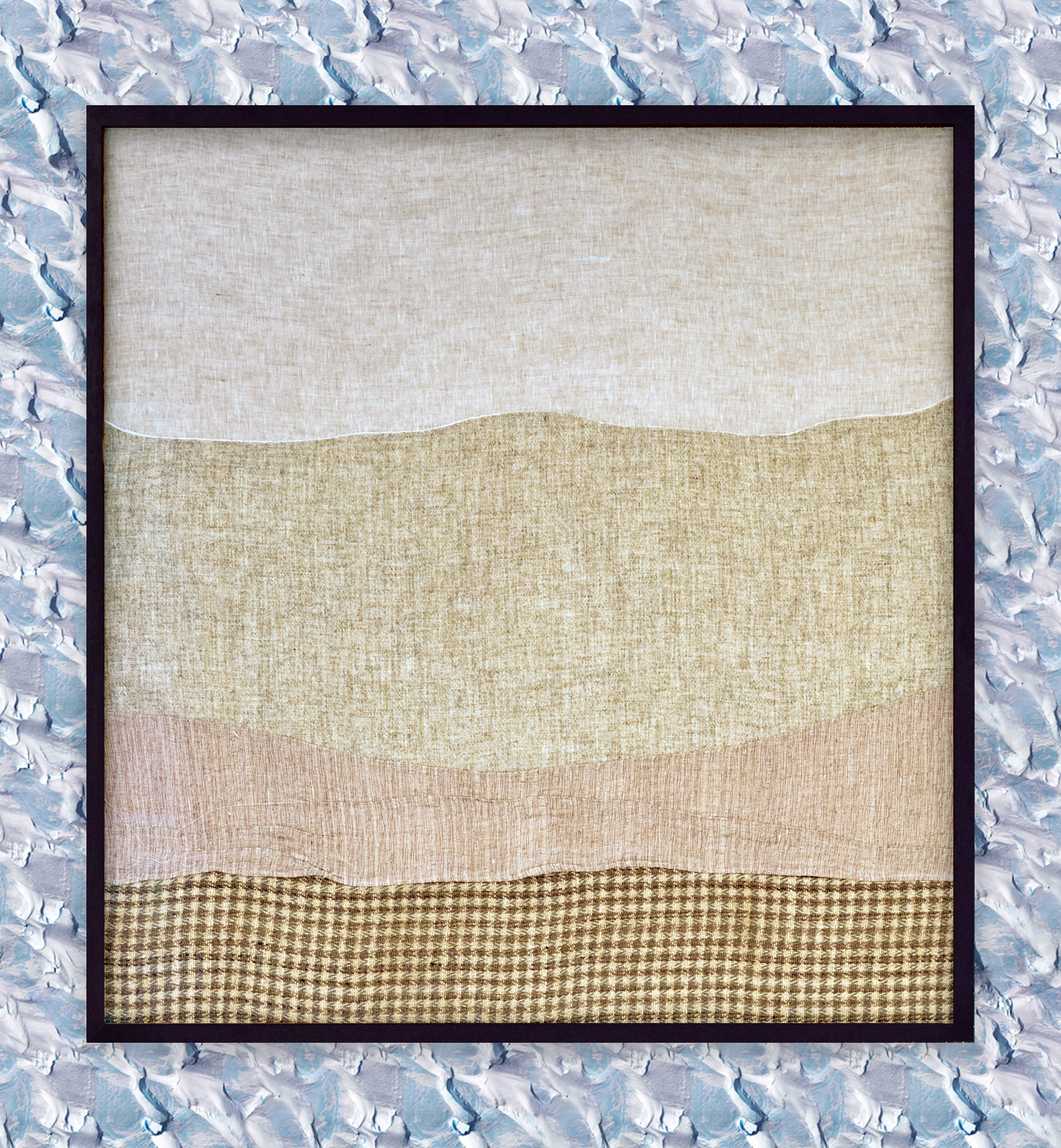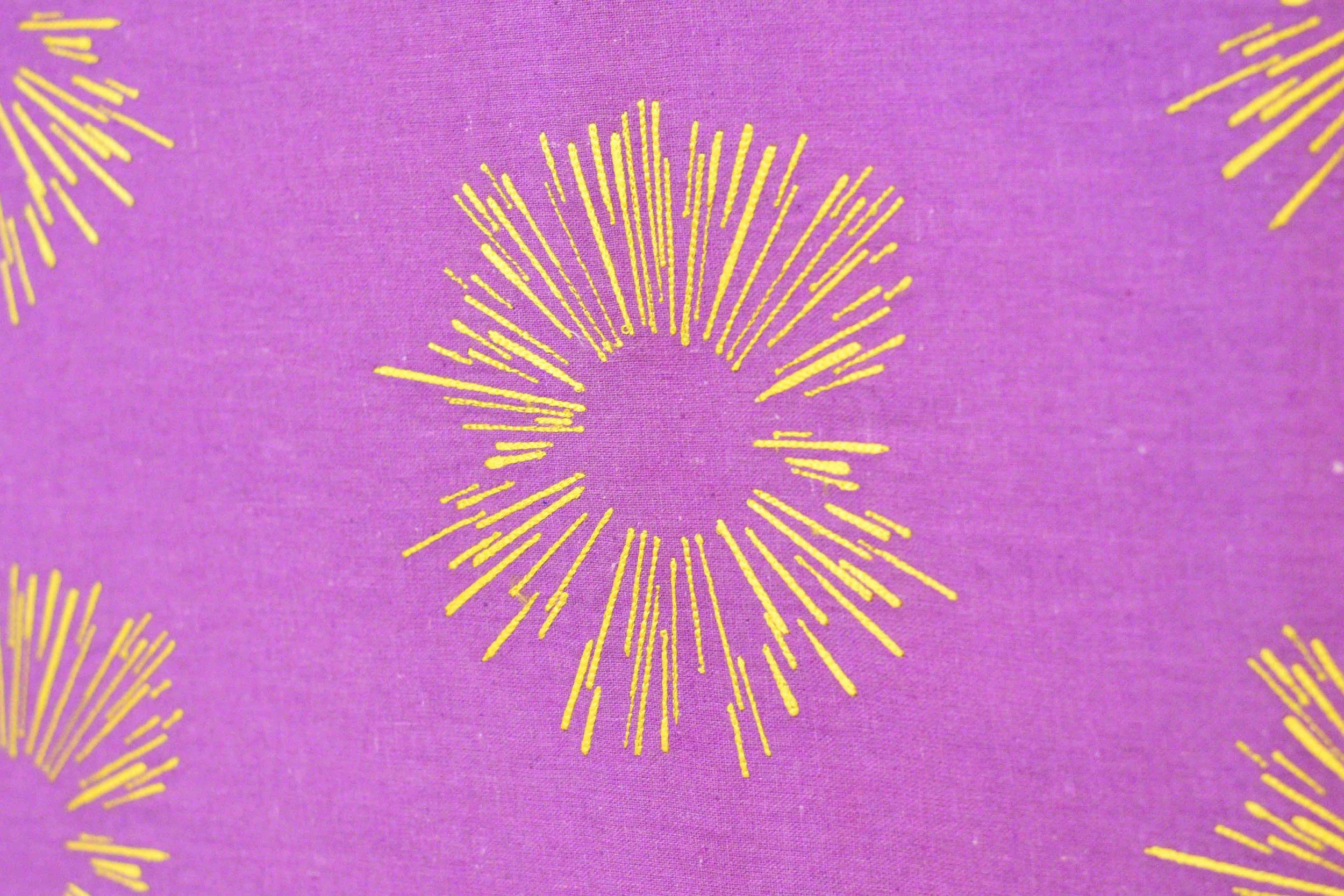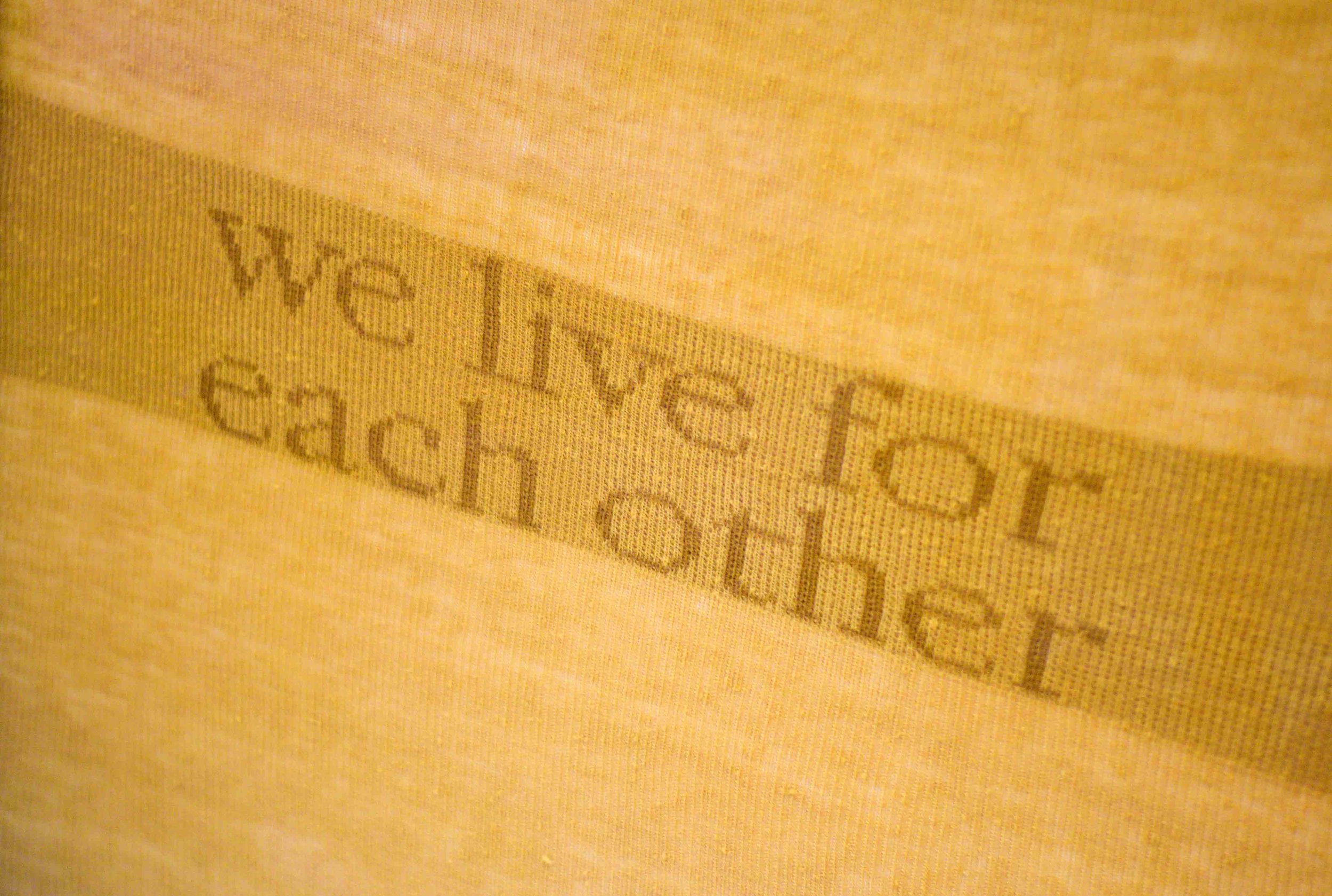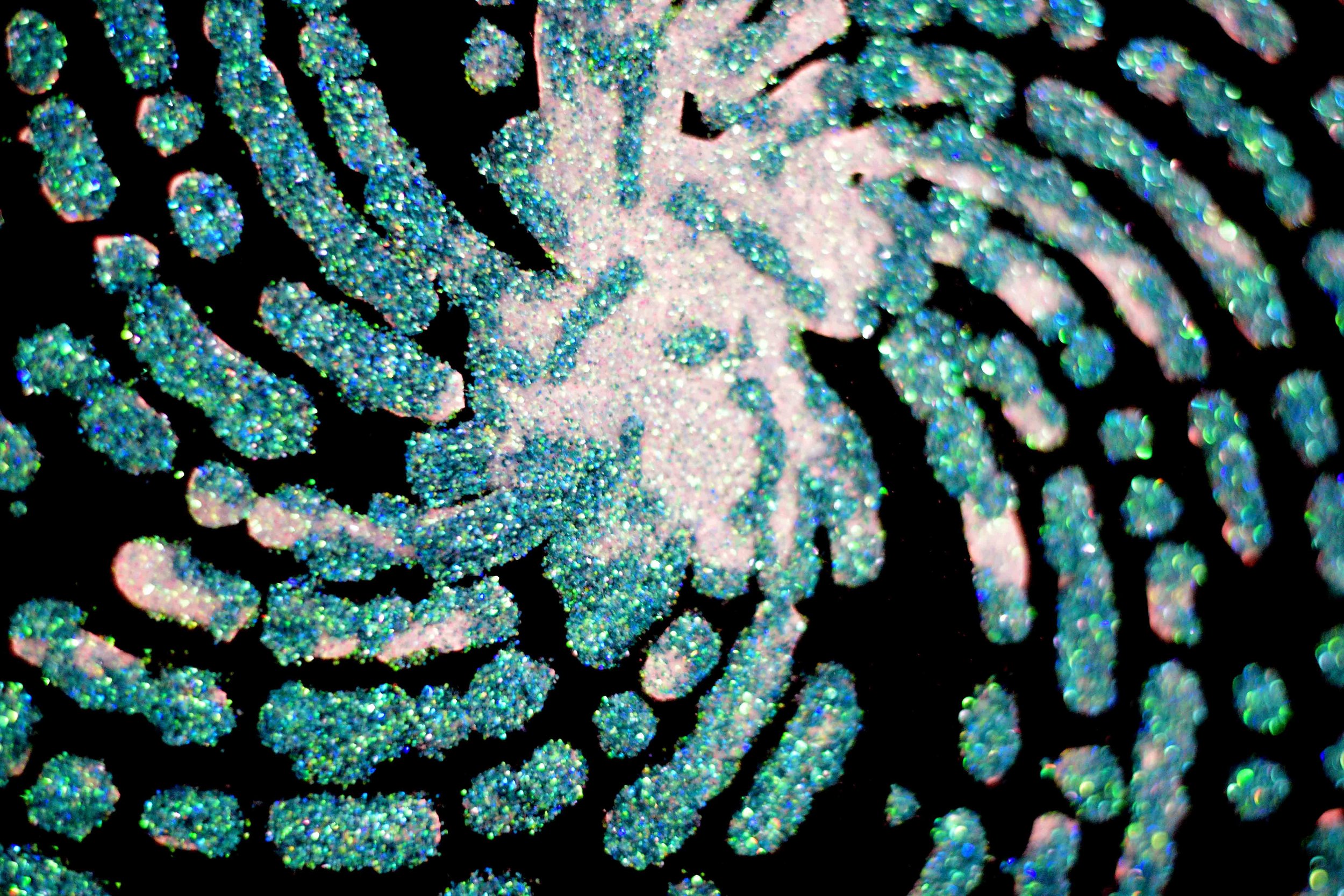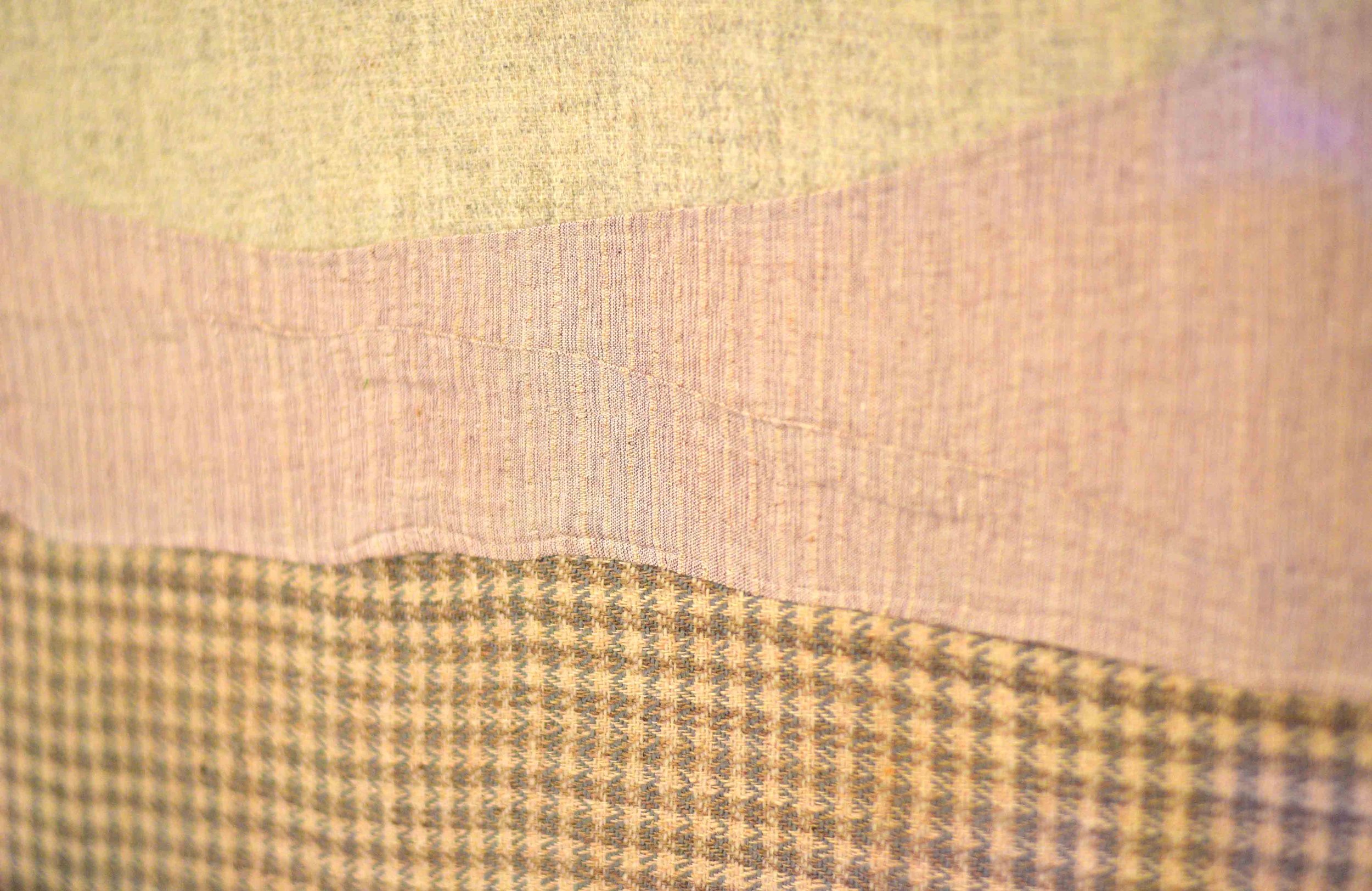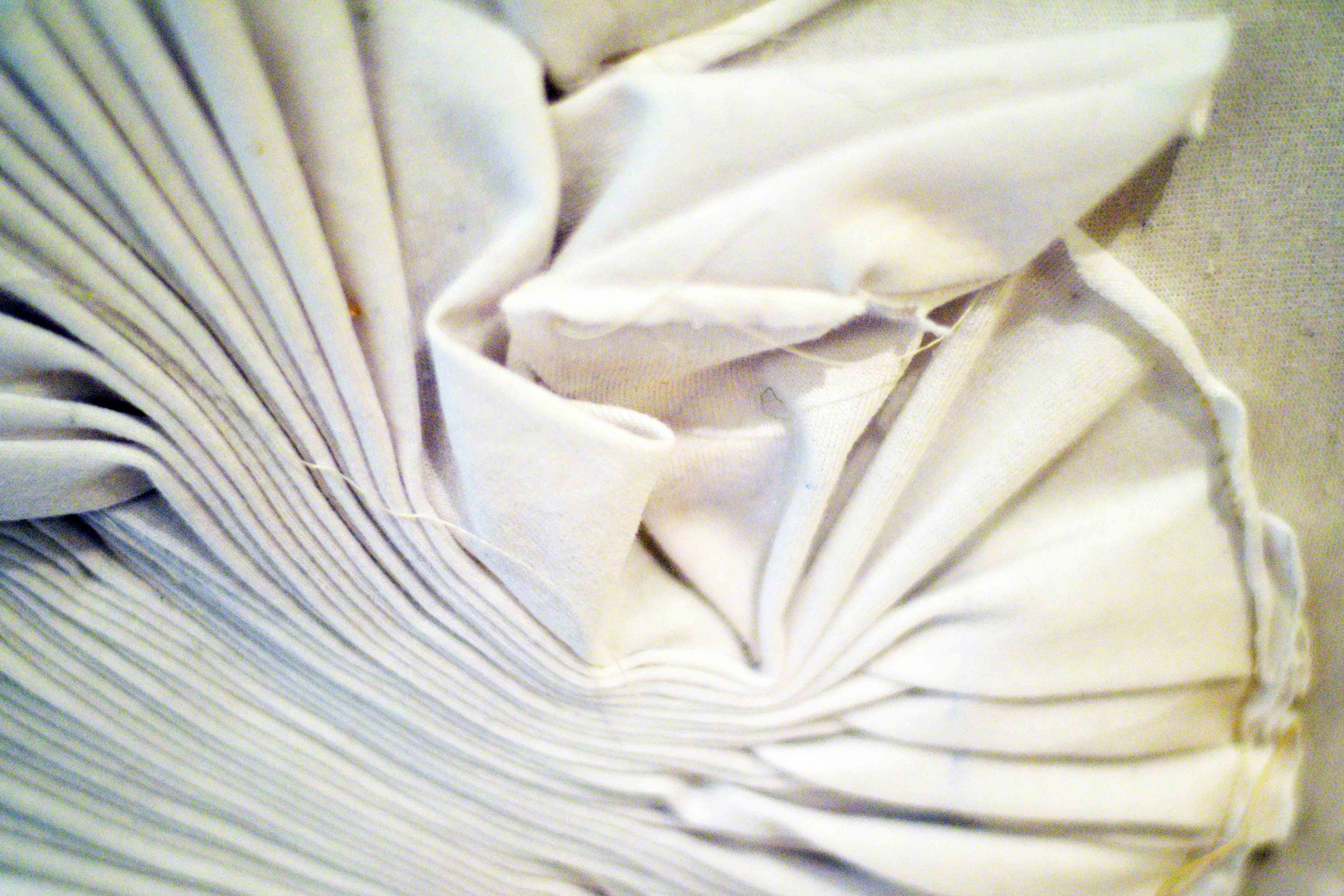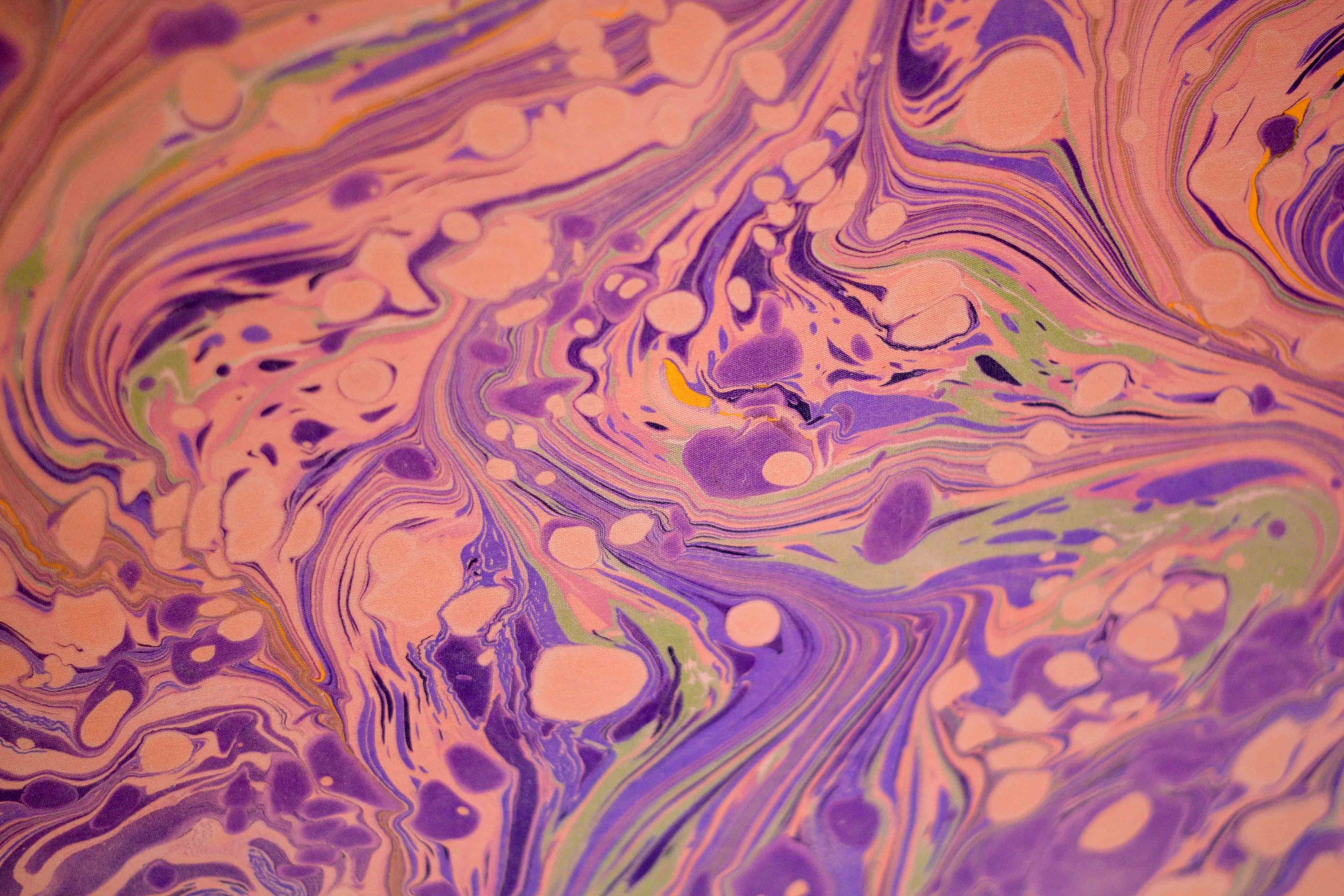I Am Because We Are (2023)
Green was commissioned to create an artwork by the Rhodes Trust - an educational charity based at the University of Oxford, renowned for its pre-eminent scholarships. Green was asked to create a series of works that would celebrate the Trust’s 120th Anniversary and to mark the reopening of Rhodes House, but also to stimulate thinking and debate about Rhodes’ imperial legacy. Green created I Am Because We Are in collaboration with ten Scholars and Fellows from the global Rhodes Community. The exhibition is designed to face the history of the Rhodes Trust through the scholars’ lived experiences and consider the themes of colonialism, diasporic identity and justice.
Green worked with a team of researchers and interdisciplinary artists specialising in the intersection of fashion and textiles with identity and heritage. The team conducted interviews to draw out the stories of the sitters and their outstanding work and their experiences with the Rhodes Scholarship. I Am Because We Are faces the history of the Rhodes Trust weaving the scholars’s stories into a series of bespoke vinyl patterns and framed textile artworks created in collaboration with makers and craftspeople.
The history of colonialism is all of our history, it is only by facing up to historic injustices together, that we can create a more equitable future. Green hopes that, in shining a light on each of the scholars’ specific stories and how all of our histories interconnect, this exhibition can embody a hopefulness and a message of positivity for the future.
I Am Because We Are is made up of two bodies of work:
Entangled Threads
Ten fibre artworks created using different textile mediums and techniques and using different styles of embellishment.
Each artwork in the Entangled Threads series has been created using a different textile technique, including weaving, patch-working and knitting, and using different styles of embellishment such as resist dying, embroidery, and printing. Nicola became interested in textiles whilst working on Encounters, a ground breaking project in which she spent a decade travelling the world in the company of religious leaders, witnessing new developments in interfaith dialogue, and creating a series of portraits that incorporate the symbolically rich imagery inspired by the global history of art. As a result, Nicola has conducted extensive research into the silk road and the incense trade route, specifically, the diffusion of cultures and the exchange of textile technology that flowed along these vast networks of commercial exchange.
This inspired Nicola to create these pieces using the myriad forms of fibre arts. Whilst many of the techniques are culturally specific, representing the diverse heritage of the Rhodes community, fabrics are fundamental to our collective consciousness, common humanity and shared visual language.
However, the history of textiles is also inextricable from imperialism, industrialisation and capitalism. This medium carries an important message. In focusing on materials and techniques that have contested meanings, Nicola presents a challenge to the hierarchy of genres in the Western canon and the binary division of high arts and decorative crafts.
There is an abundance of inspiring scholarly work that explores the historic association of textiles with femininity and domestic frivolity that rendered women’s work invisible. Yet, these narratives rarely consider how this has intersected with historic racial injustices. Green proposes the notion that textiles have also been historically coded with racial otherness. The historic primacy of European fine arts was constructed in opposition to ethnographic and anthropological specimens considered lesser, peripheral or subaltern. This was part of a broader construction of supremacy, essential to the justification and legitimacy of colonial expansion, violence and slavery.
Tapestries
Bespoke patterned artworks printed on vinyl
Each piece also includes a bespoke patterned background designed by Nicola. This represents the culmination of a great deal of work researching the history and semiotics of ornamentation and embellishment and the development of digital pattern techniques by The Studio of Nicola Green.
Nicola was drawn to the idea of creating unique patterns because they form the basis of our understanding of the universe, they allow us to make sense of the world around us and take comfort from discernible and predictable regularity. The intertwining of natural organic patterns with the fundamental concepts of mathematics and science has fascinated human beings for millennia. Human beings have an innate drive to create patterns, from the bold and geometric to the delicate and painterly, we seem to have a desire to decorate. Its essential to how we express ourselves and our identity, and patterns have an almost transformative power to communicate beyond words.
Each motif has been carefully considered, Nicola and her research team worked closely to create a design that would reflect the life and work of the scholar it represents.They have been specially constructed with particular attention paid to the repetition, the scale and the colour palette, to highlight the meaning contained.
“I wanted to use the history of symbols, images, and patterns to help tell this complex story. Making patterns is something all human beings have in common across time and across cultures. It’s only through human connections that we can solve the problems we face as a society. When we face our history together we see how inextricably connected we all are.”
Nicola Green
All ten patterns are displayed together in stripes, forming a Rhodes Tapestry. It represents unity in diversity and the commitment to equity and inclusion. Nicola has woven these individual threads together into a beautiful cloth in which the whole is more beautiful than the sum of its parts.
The work is on display at Rhodes House until October 2023. There will be regular events and public programming - with the first Open Day on 22 July, with historian in residence, tours, music and food – find out more here! The exhibitions will also be open for Oxford Open Doors on 9 September – an annual weekend where places which are not usually open to the public, open free to celebrate heritage and culture across all walks of the city's life.
I Am Because We Are is exhibited alongside three other groundbreaking installations:
The World Reimagined has exhibited 18 unique large Globe sculptures in the gardens of Rhodes House. The Globes present a Journey of Discovery, exploring themes ranging from Mother Africa to Still We Rise and Expanding Soul with an enormous range of interpretations, creative styles and storytelling. Artist’s include Zita Holbourne, Parys Gardener, and Richard Rawlins.
Valéria Nascimento’s Floating Garden is a permanent installation in the main hall, featuring thousands of pieces of suspended porcelain representing botanical elements from the Rhodes Scholarship constituencies around the world.
Professor Shadreck Chirikure’s Living with the Legacy of Cecil John Rhodes is a photographic exhibition that reflects on the question of how we think about the legacy of Cecil Rhodes.
